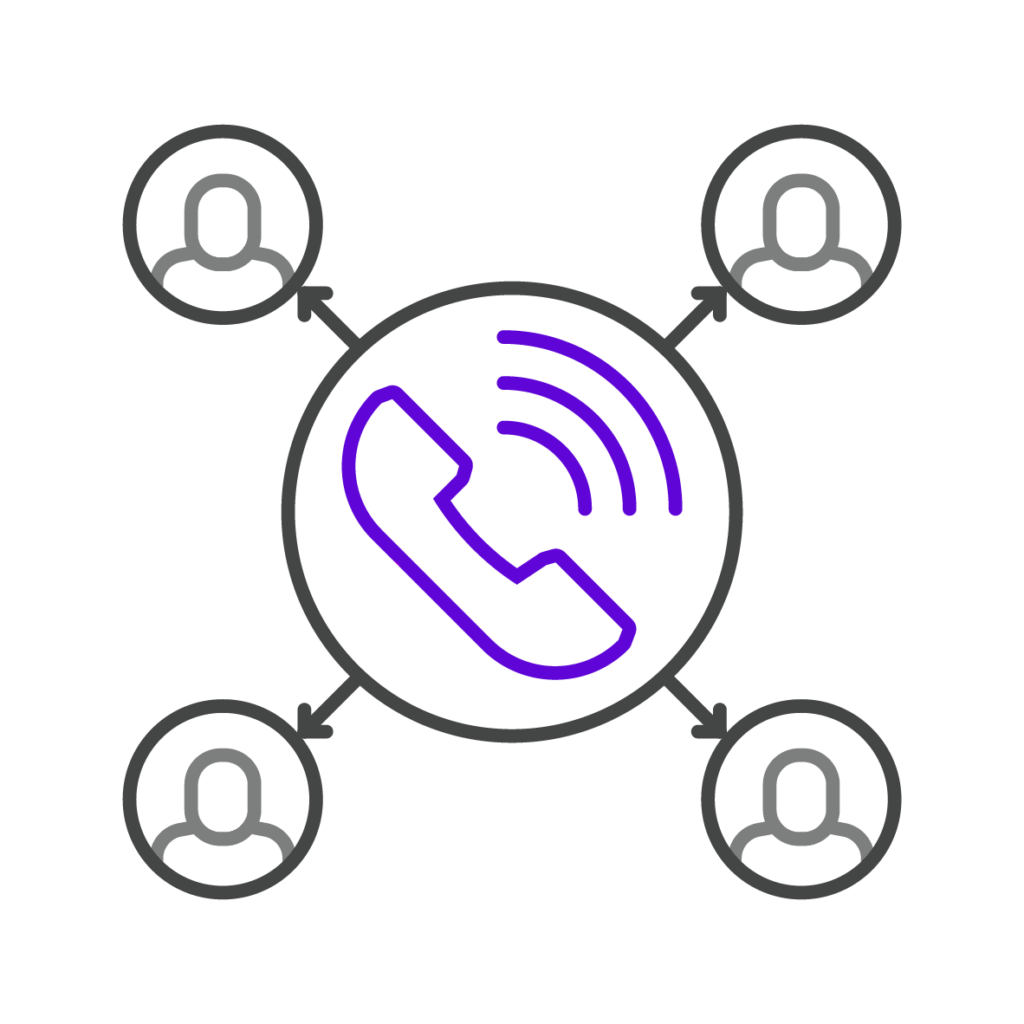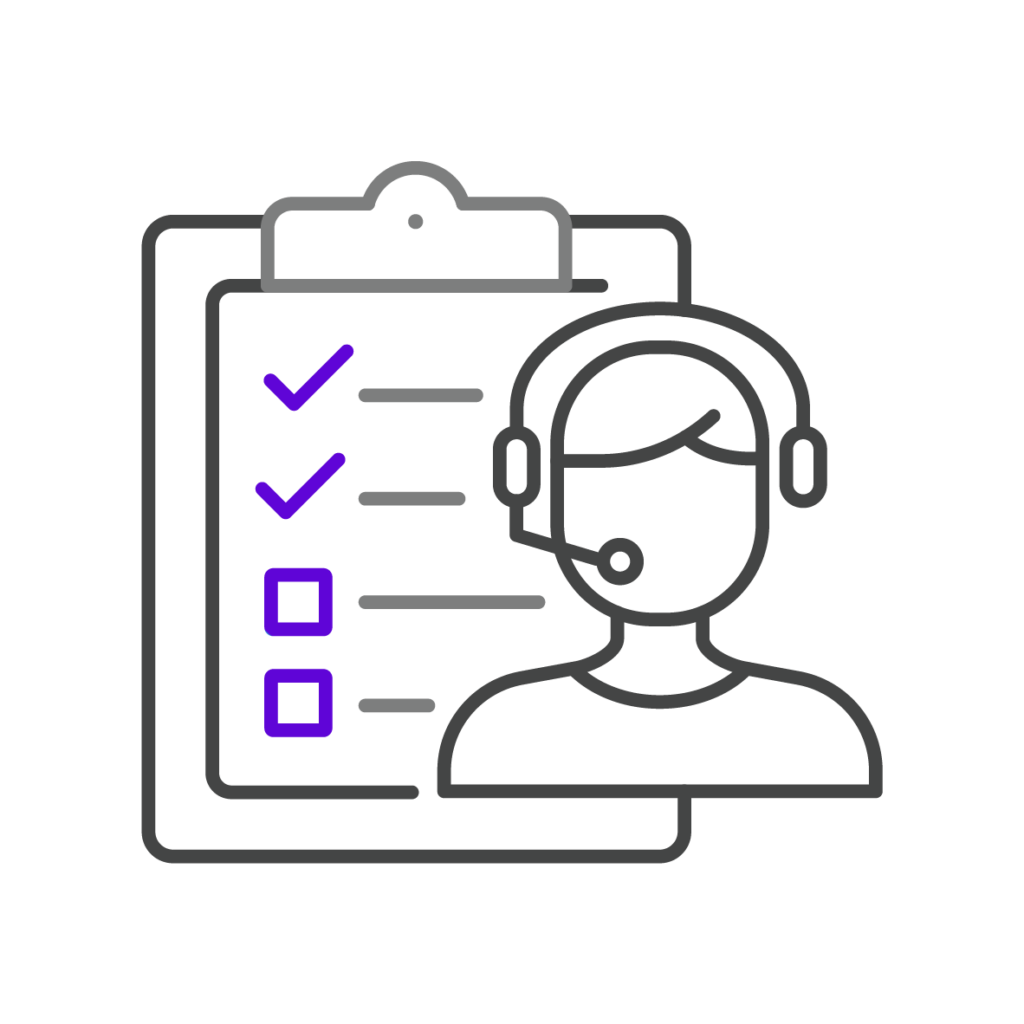The need: making compliant outbound contact at scale
As a large North American insurance company, this business was considering deploying Twilio Flex in order to deliver a better customer experience.
They wanted to facilitate more digital interactions with customers over SMS, email, and live chat, and for their team to be able to manage these omnichannel interactions in a single streamlined environment.
However, this insurance company currently makes a significant volume of outbound voice contact to do upselling, as well as to reactivate customers that have cancelled their coverage.
Having a solution to make efficient, compliant outbound contact was a critical need that had to be met if the business was to go ahead with Twilio Flex.
If an outbound voice solution had to be built from scratch, this would significantly increase the amount of time it would take to recognize the benefits of the project.
Rather than taking on the perceived risk of developing a dialer and data orchestration solution internally, decision-makers wanted to use existing, proven technology, in order to reduce the complexity of the project.


